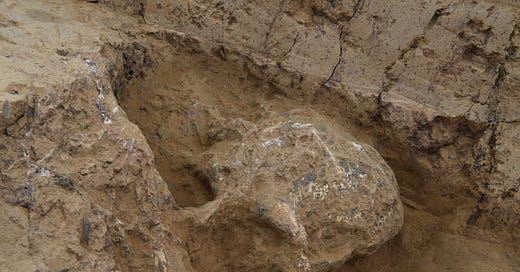A Nearly One Million Year Old Fossilized Human from the Hubei Province, Central China
Discovered on May 18 at the Xuetangliangzi excavation site in Shiyan's Yunyang district.
According to a news conference held by the National Cultural Heritage Administration in Beijing on Wednesday, archaeologists and paleontologists recently discovered a roughly one million-year-old fossilized human skull in the Hubei province of Central China.
The well preserved fossil was discovered on May 18 at the Xuetangliangzi excavation site in Shiy…
Keep reading with a 7-day free trial
Subscribe to Anthropology.net to keep reading this post and get 7 days of free access to the full post archives.


